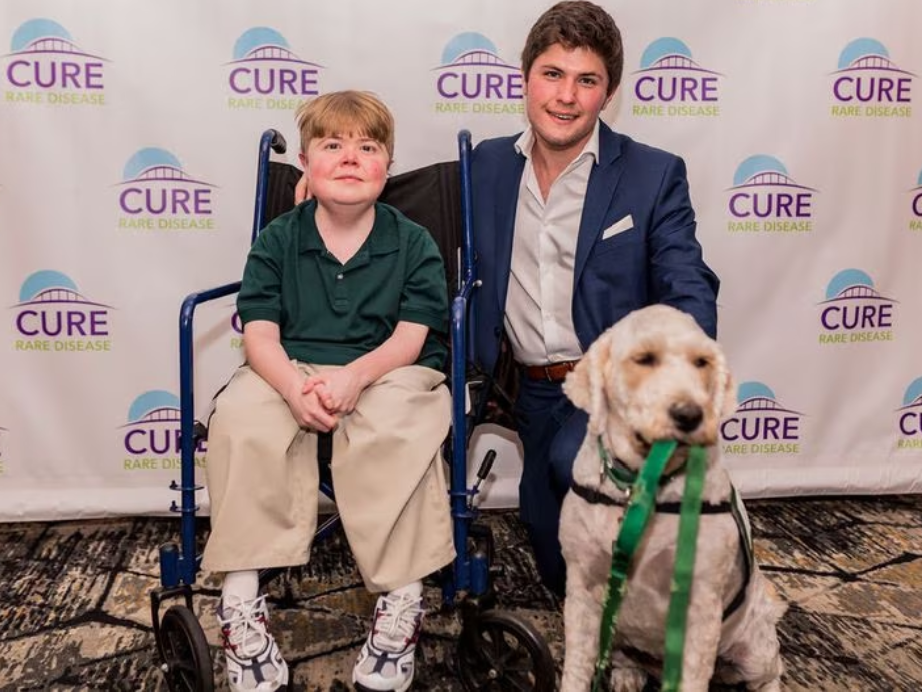
The death of pioneer patient Terry Horgan is a warning about the risks of viral vectors but the focus is now on the first gene therapy being approved in the US
On the chellenging frontier of advanced therapies, every death is a pain from which everything possible must be learned. The inauspicious outcome of the individual treatment for Duchenne muscular dystrophy developed by the non-profit Cure Rare Disease for Terry Horgan, and tested solely on this American boy, can teach little about the specifics of CRISPR. Indeed, the death occurred before the molecular editing machine could get into action. But the information on the case, circulated in May on a preprint archive awaiting peer-reviewed, is nonetheless a valuable contribution to the advancement of knowledge in an area where science has no intention of giving up.
Continue reading




![crispr-latest-edition[8047]](https://mycrispr.files.wordpress.com/2018/02/crispr-latest-edition8047.jpg) There is hardly any day without CRISPR news. February starts with researchers correcting abnormalities associated with Duchenne muscular dystrophy (
There is hardly any day without CRISPR news. February starts with researchers correcting abnormalities associated with Duchenne muscular dystrophy (